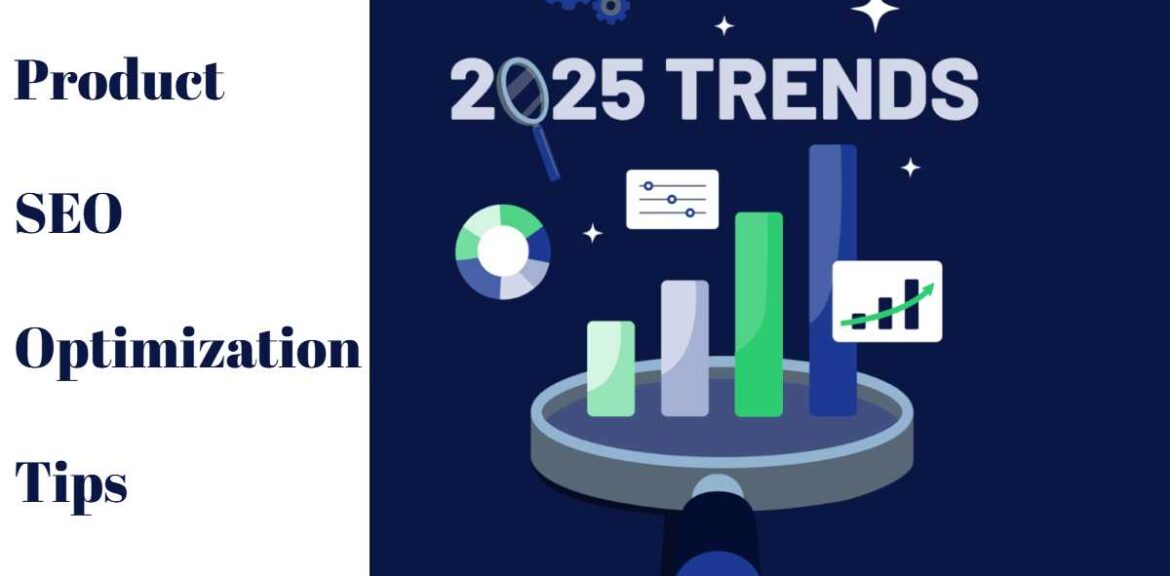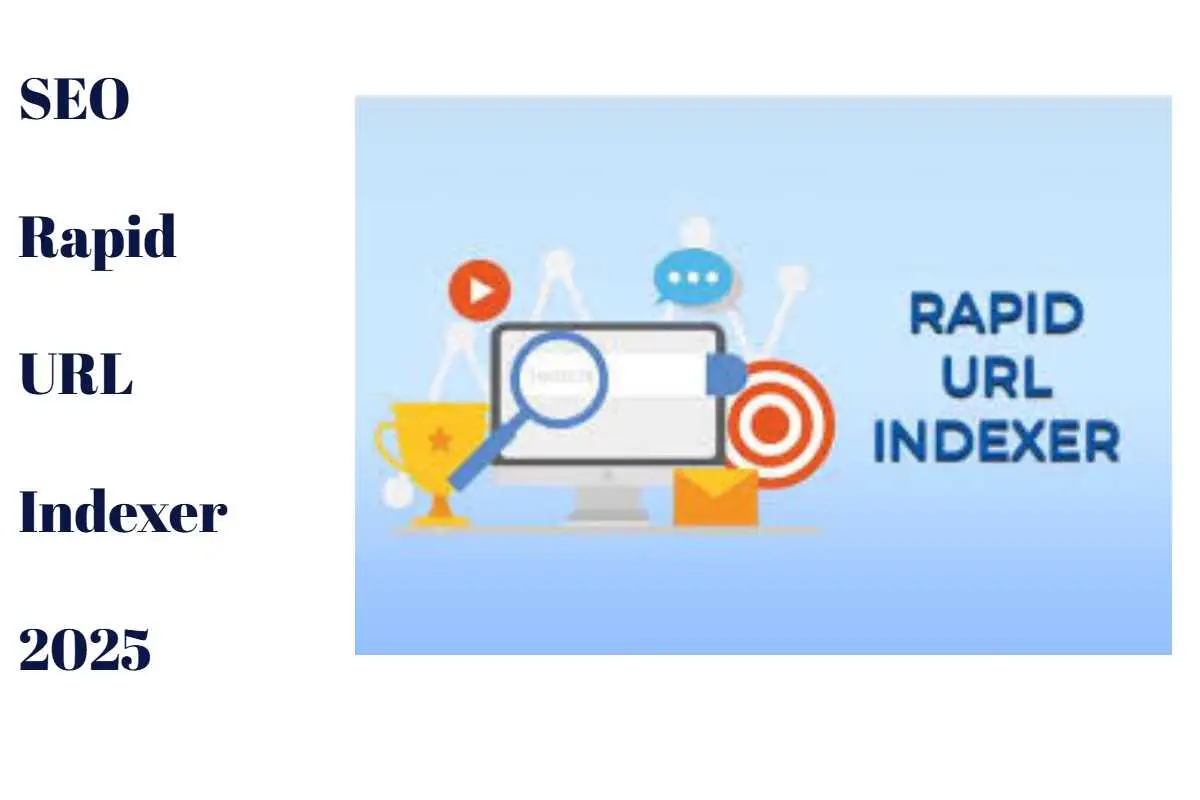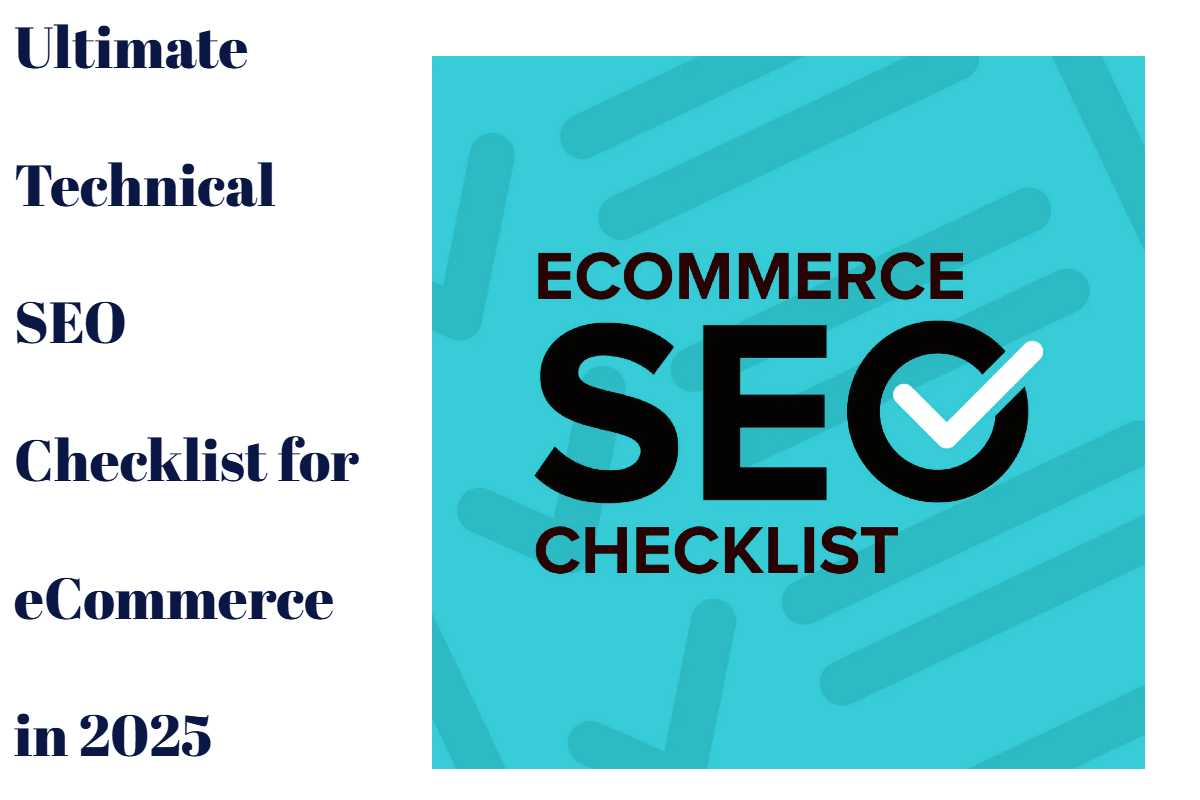In the rapidly evolving digital marketplace, product SEO has become the lifeblood of eCommerce success. As algorithms get smarter and competition stiffer, mastering product SEO optimization in 2025 is crucial for visibility, conversions, and long-term business growth.
Whether you’re running a Shopify store, WooCommerce website, or an Amazon listing, the SEO strategies below will help you rank higher in search engines, drive organic traffic, and increase product sales.
What Is Product SEO Optimization?
Product SEO refers to the process of optimizing individual product pages so they appear higher in search engine results pages (SERPs) for relevant keywords. This includes optimizing titles, descriptions, metadata, images, and structured data to enhance visibility and click-through rates (CTR).
Why Product SEO Matters in 2025
-
AI-Driven Search: Google’s Search Generative Experience (SGE) and AI-powered product recommendations require smarter on-page content.
-
Voice Search Growth: Product pages need to be voice-search friendly.
-
Zero-Click Searches: Rich results and featured snippets make structured data more critical than ever.
-
Mobile & Page Speed: Mobile-first indexing and fast load speeds directly impact rankings and bounce rate.
Product SEO Optimization Tips for 2025
1. Start with In-Depth Keyword Research
Tools to Use:
-
Google Keyword Planner
-
Ahrefs or Semrush
-
Ubersuggest
-
Google Trends
-
Amazon Suggest
Tips:
-
Use long-tail keywords like “best wireless headphones under $50.”
-
Include product-specific modifiers (e.g., brand names, model numbers, colors).
-
Analyze competitor keywords for gaps and opportunities.
2. Write Unique & Descriptive Product Titles
Avoid generic product titles. A good title should:
-
Include your target keyword near the beginning.
-
Mention key product attributes (size, brand, model, color).
-
Be 50–60 characters long to avoid truncation.
Example:
Bad: Wireless Headphones
Good: Sony WH-CH520 Wireless Headphones – Bluetooth, Black, Over-Ear
3. Craft Persuasive, SEO-Friendly Product Descriptions
-
Use natural language and break content into scannable sections.
-
Include LSI (Latent Semantic Indexing) keywords.
-
Focus on benefits, not just features.
-
Answer user questions and objections proactively.
Bonus: Use AI tools like ChatGPT or Jasper to create a first draft, then humanize and edit it.
4. Optimize Product URLs
A clean, keyword-rich URL structure improves SEO and user experience.
Example:
www.yourstore.com/wireless-headphones/sony-wh-ch520
Avoid using:
-
Random strings like
product?id=12345 -
Excessively long URLs
5. Add Structured Data (Schema Markup)
Use product schema to help search engines understand your content and display rich results.
Essential schema types:
-
Product -
Review -
AggregateRating -
Offer
Tool: Google’s Rich Results Test
6. Compress and Optimize Product Images
-
Use descriptive file names (e.g.,
sony-wh-ch520-headphones.jpg). -
Add alt text using your focus keyword.
-
Use modern formats like WebP.
-
Compress images using TinyPNG or ShortPixel.
Pro Tip: Include multiple product views and lifestyle shots.
7. Improve Page Speed & Core Web Vitals
Speed affects both SEO and conversions. Optimize:
-
Largest Contentful Paint (LCP): Optimize images and fonts.
-
First Input Delay (FID): Minimize third-party scripts.
-
Cumulative Layout Shift (CLS): Reserve space for dynamic content.
Use:
-
Google PageSpeed Insights
-
GTMetrix
-
Cloudflare or BunnyCDN
8. Make Product Pages Mobile-First
With over 60% of traffic coming from mobile devices, ensure your product pages:
-
Load fast
-
Have tappable buttons
-
Feature readable text
-
Offer seamless navigation
Responsive design is a non-negotiable in 2025.
9. Add User Reviews and Ratings
User-generated content not only builds trust but also provides fresh keyword-rich content.
Encourage reviews via:
-
Follow-up emails
-
Incentivized discounts
-
On-page prompts
Use rich snippets to display star ratings in SERPs.
10. Use Internal Linking Strategically
Link to related products, blog posts, or categories using relevant anchor text.
Benefits:
-
Helps Google understand your site structure
-
Increases time on site
-
Improves crawlability and indexation
11. Write SEO-Optimized Meta Descriptions
-
Keep it under 160 characters
-
Include your target keyword
-
Add a CTA like “Free Shipping” or “Limited Stock”
Example:
Shop Sony WH-CH520 wireless headphones – crystal-clear sound, Bluetooth 5.0 & fast delivery. Order now before it’s gone!
12. Implement Canonical Tags to Avoid Duplicate Content
Especially important for:
-
Products with variants (e.g., color or size)
-
Multi-platform listings
Use <link rel="canonical" href="URL"/> to signal the preferred version to Google.
13. Use Product Videos
Videos increase engagement, boost time on page, and improve SEO.
Ideas:
-
Product demos
-
Unboxing videos
-
Customer testimonials
Host videos on YouTube for extra SEO value and embed them on product pages.
14. Monitor & Update Product Pages Regularly
Search engines love fresh content. Update:
-
Outdated specifications
-
Pricing changes
-
Stock availability
Use Google Search Console and analytics tools to monitor CTR, rankings, and traffic.
15. Create a Content Hub Around Your Product
Support your product pages with related content:
-
Buying guides
-
Comparison articles
-
How-to-use tutorials
Example:
If you sell fitness watches, write a blog post titled: “Top 10 Fitness Trackers for Beginners in 2025”
Product SEO for eCommerce Platforms
Shopify
-
Use built-in SEO tools like editable meta tags.
-
Use apps like Plug in SEO and Smart SEO.
-
Avoid duplicate content via canonical URLs and tagging.
WooCommerce
-
Install plugins like Rank Math or Yoast SEO.
-
Use WooCommerce SEO add-ons for better schema support.
Amazon
-
Use high-ranking keywords in titles, bullets, and backend fields.
-
Maintain high-quality product images and A+ content.
-
Encourage reviews and maintain a high seller score.
Tracking Success: SEO KPIs for Product Pages
-
Organic Traffic (via Google Analytics)
-
Conversion Rate
-
Average Time on Page
-
Click-Through Rate (CTR)
-
Keyword Rankings
-
Bounce Rate
-
Pages per Session
Use tools like:
-
Google Search Console
-
Ahrefs
-
SEMrush
-
Hotjar (for user behavior insights)
Read Also:- Freelance Content Writer: A Complete Guide to Thrive in 2025
FAQs on Product SEO Optimization
1. What is the best keyword strategy for product SEO in 2025?
Use long-tail, intent-based keywords focused on user queries. Mix primary keywords with semantic keywords and monitor competitor keyword gaps using tools like Ahrefs.
2. How important is structured data for product pages?
Extremely important. Structured data helps search engines better understand your product and enables rich results like reviews, prices, and stock info in SERPs.
3. How can I prevent duplicate content on my product pages?
Use canonical tags, avoid copy-pasting manufacturer descriptions, and create unique, human-written content for each product.
4. Do product reviews help SEO?
Yes, they add keyword-rich content, improve trust signals, and can be displayed in rich snippets, increasing CTR.
5. What tools are best for product SEO in 2025?
Top tools include:
-
Ahrefs / Semrush (SEO analysis)
-
Google Search Console (monitoring)
-
Rank Math / Yoast (WordPress SEO)
-
Hotjar (user experience)
-
Schema Markup Generator (for rich results)
Conclusion: Future-Proof Your Product SEO Strategy in 2025
The future of SEO is user-first, mobile-optimized, AI-powered, and content-rich. Staying ahead in 2025 means creating value-driven product pages that satisfy both users and search engines. By applying the tips above consistently, you’ll not only rank higher but also convert more visitors into paying customers.














